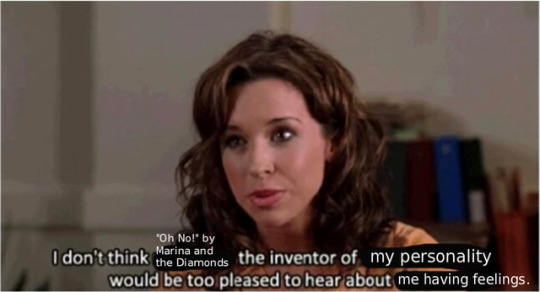Text
The Hardest Thing
It is really difficult to keep up the self cheerleading routine. To motivate yourself. To go it alone. Year after year. To seemingly only attract temporary support, if any at all. And to once again to be pouring from your own depleted energy back into your own depleted energy. To keep going and going and going and going and going...to not feel exhausted and give in to those evasive moments of doubt and fear and all that crap because you do not have the energy to fight it any more. When you have been running on drops and fumes for decades and finally hit the damn wall and dont even get the benefit of exploding. No...you just sorta. Bounce off and lie there. The sun cruel, the wall orientation a taunt, so you never lie in shade. Just dried out, burnt out, and empty as fuck. It is the hardest thing to still live...no, merely exist, and try to continue to function at some level of hope or productivity in a state that drained and hurt.
D. Ondria
08122020
26 notes
·
View notes
Text

*credit to someone on Pinterest*
Stop using the word “very” in you’re writing!
96 notes
·
View notes
Photo


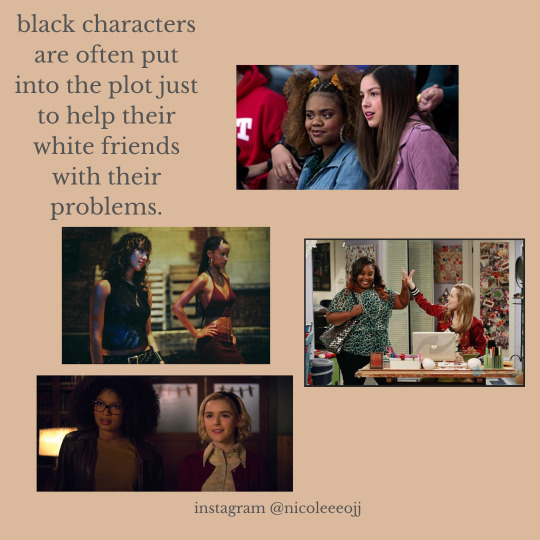
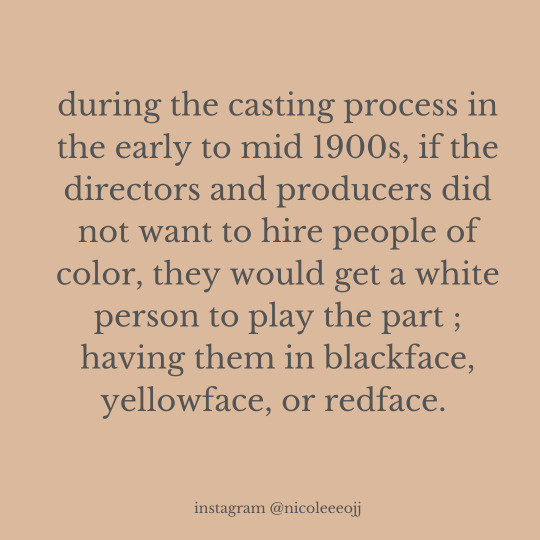

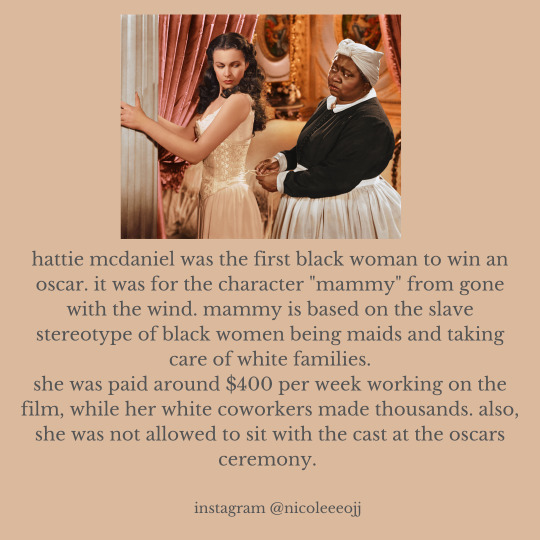


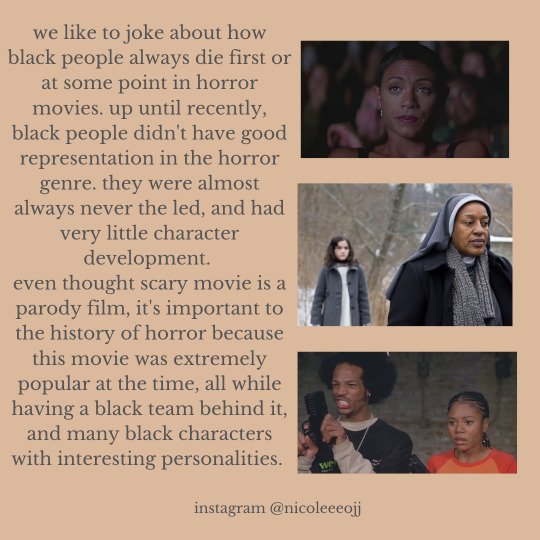
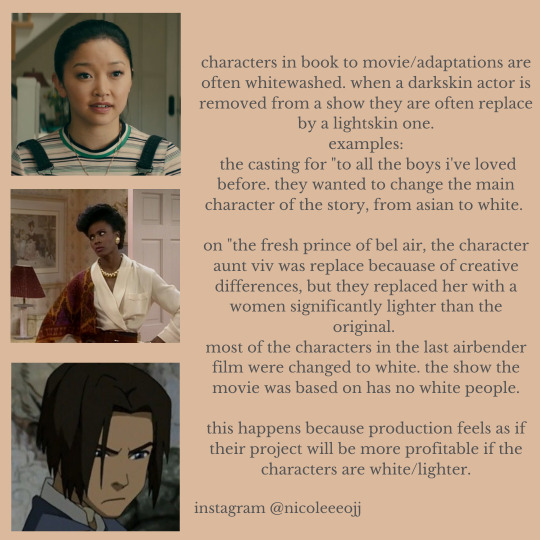
since my writing post was received pretty well, i though i’d make other, to give some insight on the racism in the film industry and why it’s still a big problem now as it was in the past.
94K notes
·
View notes
Photo
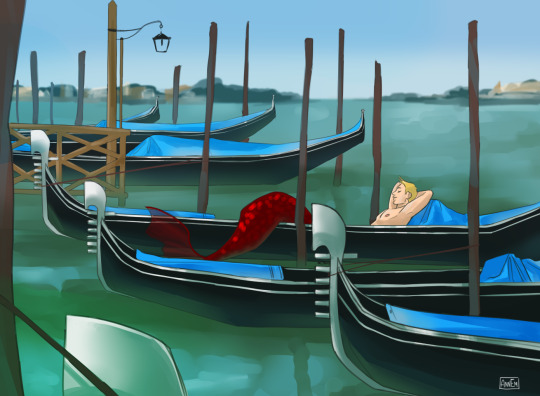
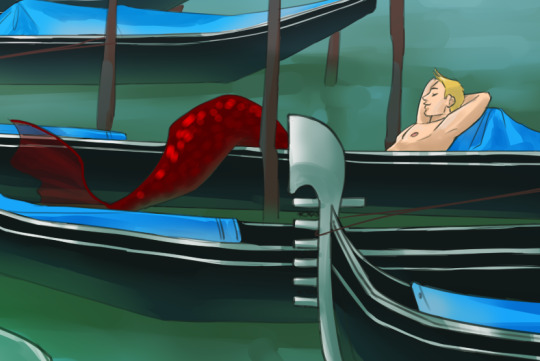
Mermay again~
86 notes
·
View notes
Text
The Two Types of Pacing
Pacing is a tricky, tricky thing. Hopefully, by breaking it down into two schools of thought, we can better our understanding of maintaining effective pacing.
as requested by @whisperinghallwaysofmirrors
First, Some Definitions
According to Writer’s Digest, narrative pacing is “a tool that controls the speed and rhythm at which a story is told… [H]ow fast or slow events in a piece unfold and how much time elapses in a scene or story.“
Pacing can be a lot of things. Slow, fast, suspenseful, meandering, boring, exciting, et cetera et cetera. While we don’t want meandering or boring, getting it to be the other things can be a feat.
As I go through all of this, I would like to say that the number one thing you should be keeping in mind with the pacing of your story is the purpose.
What is the purpose of this story, scene, dialogue, action, arc, plot point, chapter, et al? This and only this will keep you on track the whole way through.
Without further ado, here are the two types of pacing…
Micro Pacing
This, to me, is the harder of the two. Macro pacing usually comes naturally with our understanding of overall story structure that we see in books and movies. Micro is much more subjective and labor-intensive.
The first step of every scene you write is to identify what kind of pacing it needs to be effective. Is a slower pace going to nail in the emotional tone? Is a faster pace going to convey how urgent the scene is? Is choppy going to show how chaotic it is? How much attention to detail is needed? Et cetera. And even with the scene’s tone, there are also tones within with action, dialogue, and narrator perception.
There is no one-size-fits-all trick to mastering pacing. All you can do is try to keep it in mind as you draft. Don’t let it consume you, though. Just get it down. After drafting, look at the pacing with a critical eye. Do important scenes go too fast? Are unnecessary things being dragged out? Is this scene too detailed to be suspenseful?
A lot of errors in pacing are quick fixes. The adding or removal of details, shortening or lengthening of sentences, changing descriptions. However, these quick fixes do take a while when you have to look at every single scene in a story.
Macro Pacing
Rather than the contents of a scene, this deals with everything larger. Scenes, chapters, plot points, storylines, subplots, and arcs. This is taking a look at how they all work for each other when pieced together.
One of the biggest resources when it comes to analyzing macro pacing is story structure philosophy. The common examples are Freytag’s Pyramid, the 3-Act Structure, Hero’s Journey, and Blake Snyder’s 15 Beats. They follow the traditional story structure. Exposition, catalyst, rising action, climax, and resolution (albeit each in different terms and specificity). Though some see it as “cookie-cutter”, 99% of effective stories follow these formats at a considerable capacity. It’s not always about how the story is told, but rather who tells it. But I digress.
Looking at these structures, we can begin to see how the tried-and-true set-up is centered around effective pacing.
The beginning, where everything is set up, is slower but short and sweet. The catalyst happens early and our MC is sent out on a journey or quest whether they like it or not. The trek to a climax is a tricky stage for maintaining effective pacing. Good stories fluctuate between fast and slow. There is enough to keep it exciting, but we’re given breaks to stop and examine the finer details like theme, characterization, and arcs.
The edge before the climax is typically when the action keeps coming and we’re no longer given breaks. The suspense grabs us and doesn’t let go. This is the suspense that effectively amounts to the crescendo and leads to the emotional payoff and release that follows in the resolution. The resolution is nothing BUT a break, or a breather if you will. Though it is slower like the exposition, it is longer than that because this is where we wrap everything up for total closure. This is what the reader needs, rather than what they want. So you can take your time.
Not every story has to follow this recipe step-by-step. Critically acclaimed movies such as Pulp Fiction, Frances Ha, and Inside Llewyn Davis* break the traditional structure. However, they still keep certain ingredients in it. Whether it be the concept of a climax, the idea of a journey, or the overall balance of tension and release.
If you’re struggling with the macro side of your story’s pacing, I would try to identify what the weakest areas are and see if applying these story structure concepts and methodology strengthens it at all. If not, it may be that your story idea doesn’t fit the “substance” requirement of an 80k+ word novel. It may need more or fewer subplots or an increase of conflict or more things getting in the MC’s way. You could also see if adapting it to a shorter medium (novella, et al) or a longer medium (series, episodics, et al) would alleviate the pacing issues.
*sorry all my references are movies and not books, but I’ve seen more movies than I’ve read books
In Short–
Pacing, both macro and micro, are incredibly subjective concepts. The only way to really find out how effective your story’s pacing is, is to look at it through the lens of traditional structures and ask for feedback from beta readers. How a reader,who doesn’t know the whole story like you do feels about pacing is the best resource you could have.
4K notes
·
View notes
Photo
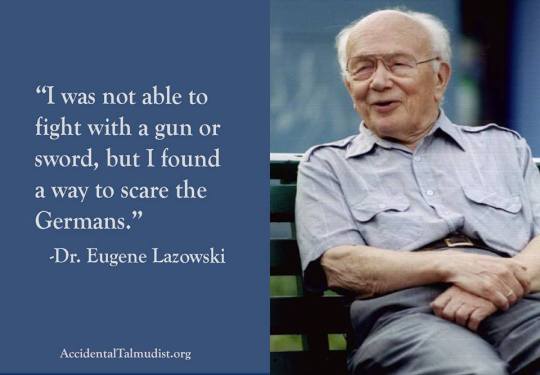
Eugene Lazowski was a Polish doctor who saved thousands of Jews during the Holocaust by creating a fake epidemic that kept the Germans away from their town.
Eugene received his medical degree before the war started. After Germany invaded Poland in 1939, he became a military doctor with the Polish resistance. He was imprisoned in a German POW camp for his anti-Nazi activities.
After his release in 1942, Eugene moved to a small town, Rozwadow, with his wife and young daughter. There he reunited with a friend from medical school, Stanislaw Matulewicz.
Stanislaw made a medical discovery that seemed minor but proved monumental. He found that healthy people could be injected with a typhoid vaccine that would make them test positive for the deadly disease without actually contracting it.
Eugene hatched a brilliant plan. He knew that Germans tended to be germaphobes and were terrified of typhus, a contagious bacterial disease. When a Polish town was found to be infected with typhus, the German occupiers would quarantine the entire area. Eugene also knew that by implementing his plan, he risked the death penalty, which applied to Poles who helped Jews.
Undeterred by the risk, Eugene injected thousands of people with typhus and sent blood samples to the Germans to report the “epidemic.” He made sure to inject non-Jews as well as Jews, so the Nazis wouldn’t just come in and massacre all the Jews in town. Because it appeared to be a widespread epidemic, the Nazis stayed clear of Rozwadow.
By late 1943, the Gestapo was suspicious. The entire town was supposedly infested with typhus, yet nobody was dying. Eugene learned a German medical team was being sent to the quarantined area.
He frantically approached the oldest and sickest-looking people in town and asked them to wait in a squalid shack. When the visitors arrived, the villagers welcomed them with a party - featuring large quantities of vodka. After the celebration, the German doctors were taken to the “patients.” Eugene said, “I told them to be my guest and examine the patients, but to be careful because the Polish are dirty and full of lice, which transfer typhus.”
The doctors quickly took blood samples without conducting full examinations of the patients. When the samples tested positive for typhus, the German health authorities were satisfied the epidemic was still raging. They never came back.
After the war, Eugene didn’t tell anybody of his heroic acts, not even his wife. It wasn’t until a documentary was produced in 2000 about the fake epidemic that Eugene received the accolades he deserved. He passed away in 2006 at age 92.
For risking his his life to save the Jews of Rozwadow, Poland, we honor Dr. Eugene Lazowski as this week’s Thursday Hero. Accidental Talmudist
30K notes
·
View notes
Photo
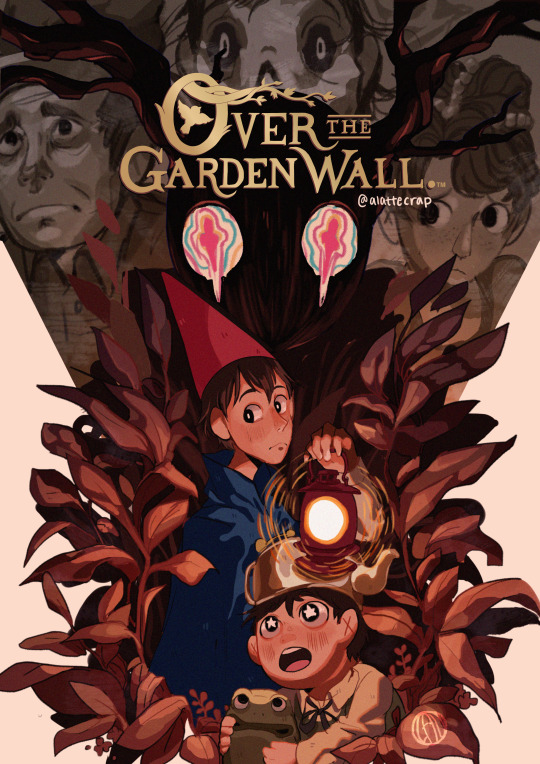
One of my favourite series of all time. Its meant to look like a fake poster btw! ‘v’;;
always wanted to do more polished fanart for it 💕
3K notes
·
View notes
Text
forgive me father for i have sinned in all the most intricate, exquisite and aesthetically pleasing ways i was capable of
72K notes
·
View notes
Text
Flatearthers could just go to the edge of the earth and found out it doesn’t exist instead of bitching online.
861 notes
·
View notes
Photo
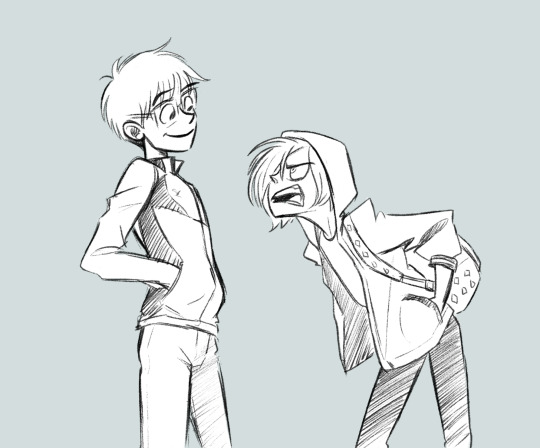


rewatching yuri on ice AGAIN but this time i’m drawing along
#yuri on ice#yoi fanart#yuri katsuki#yuuri katsuki#i dont know which one it is i am so sorry#yuri plisetsky#yurio#victor nikirofov#victuuri#art#artists on tumblr#digital art#sketches#my style is changing again it looks like#oh boy#oh well u know what that is#g r ow t h#im just rollin with it
18K notes
·
View notes
Text
interesting fact about me is that I have a great memory but I also have a shit memory
85K notes
·
View notes
Text
aren’t you tired of being tired don’t you just wanna be not tired?
138K notes
·
View notes
Text
the most unrealistic fanfic trope, imo, is the one where one half of the pair works in some sort of shop and one is a customer bc I have literally never thought about a customer with anything other than contempt
93K notes
·
View notes
